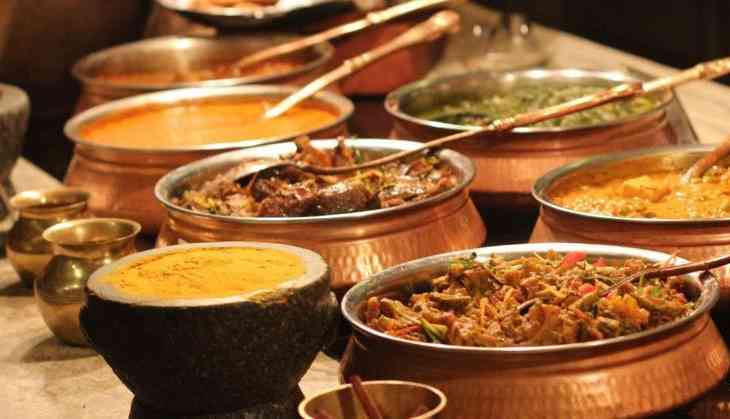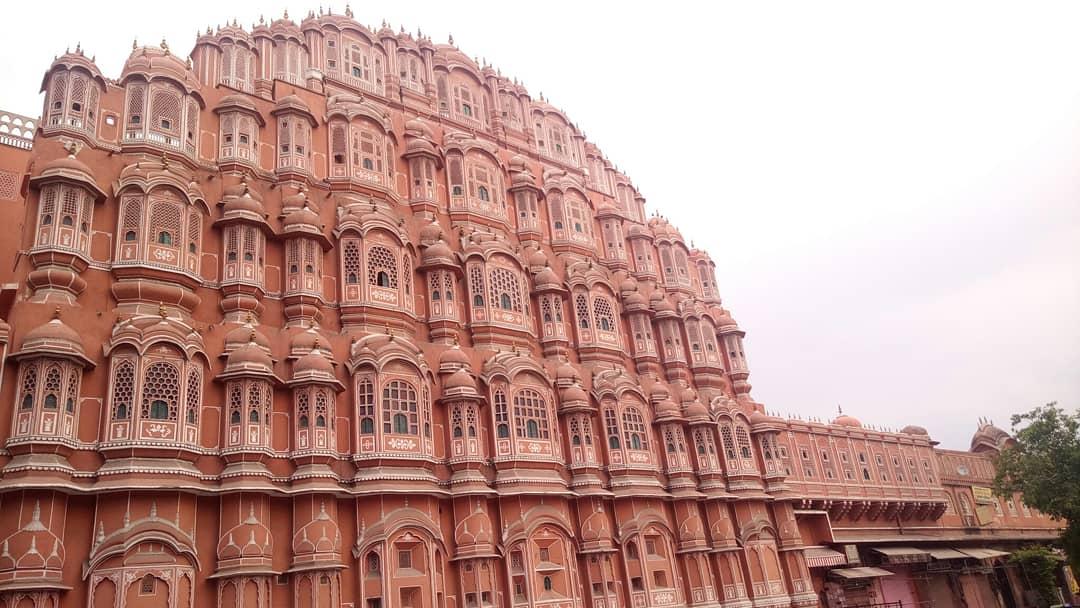Regal battle of taste: Jaipur’s red chillies v/s Lucknow’s gum masale

The epicentre of North India's regal nostalgia and cultural heritage lies in the food of two cities, Lucknow and Jaipur. Both have had their share of nawabs, mughals and rajputs, which have left an everlasting impact on the culinary. Like any other city in this part of the country, the ancient walled city and muslim populated areas in both the state capitals transform into an enormous open kitchen during the month of Ramzan. Dingy lanes are brightly lit and get filled with delicious aromas of the mughlai food.
The basic difference between the food of Lucknow and Jaipur lies in the use of spices.

Jaipur’s non-vegetarian food is meant for brave-hearted foodies owing to the use of red chillies. It is seriously spicy! On the other hand Lucknow’s mughlai food follows the unique concept of gum masale (hidden spices). The testimony to the fact is that several foods like Tundey ke kababs are made using more than 160 spices but they don’t attack the taste buds. They instead provide a happy flavour and prosperous digestion.
But then iftar is an integral part of Ramzan and the menu is heavy with fried-stuff. Here is where Rajasthan rules the roost. With an enormous collection of fried snacks like daal and pyaaz kachori,
mirchi pakoda, samosa and tantalizing stock of chutnis like imli, hing-mirchi and lahsuni, the state has created a niche for itself in the burning kadhai cooking.
_115822.jpg)
The common factor that binds both the cities together on the vintage food trail is that the cuisine was highly patronised by the highnesses, thus, giving it a very royal touch. The darbari chefs and cooks were trained to give that distinct royal touch and regal look to anything they cooked. Every detail was accounted for and it was made sure that the food looked fit for the kings. A very high degree of flair and finesse was required to cook the elaborate cuisine. Verities like nahari, sheermal, galawati kabab are originals (born and savoured) of Lucknow. Rajasthan’s finest laal maas is still specially cooked in mahals. The same legend continues even after many centuries.
Also Read: On Pink City's iftar trail
First published: 1 June 2018, 15:39 IST
